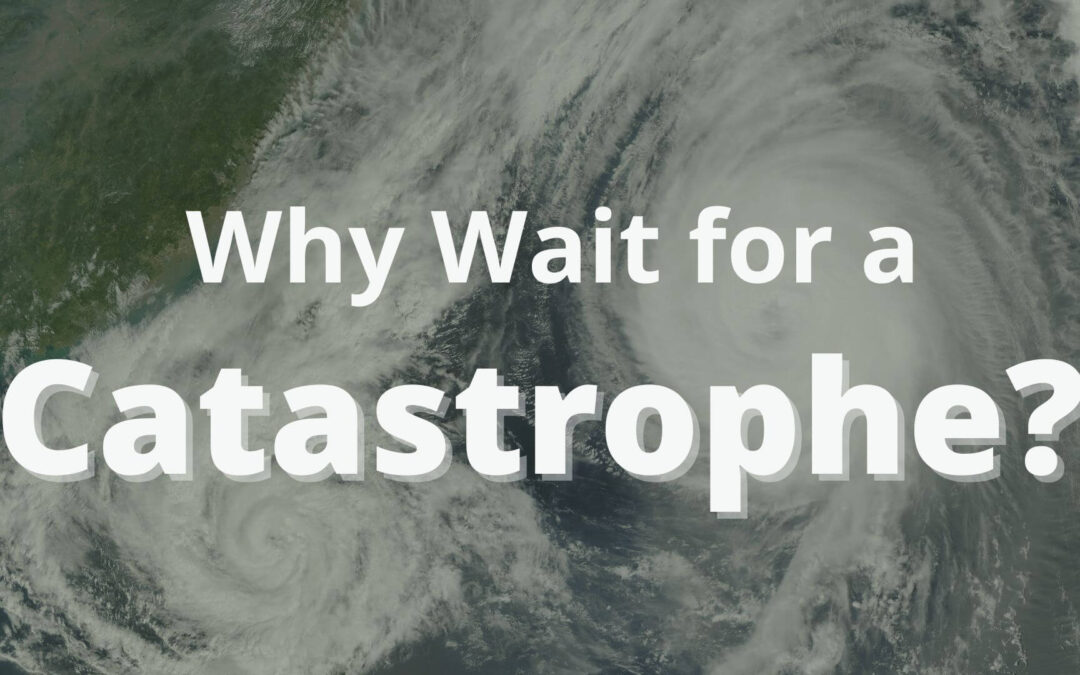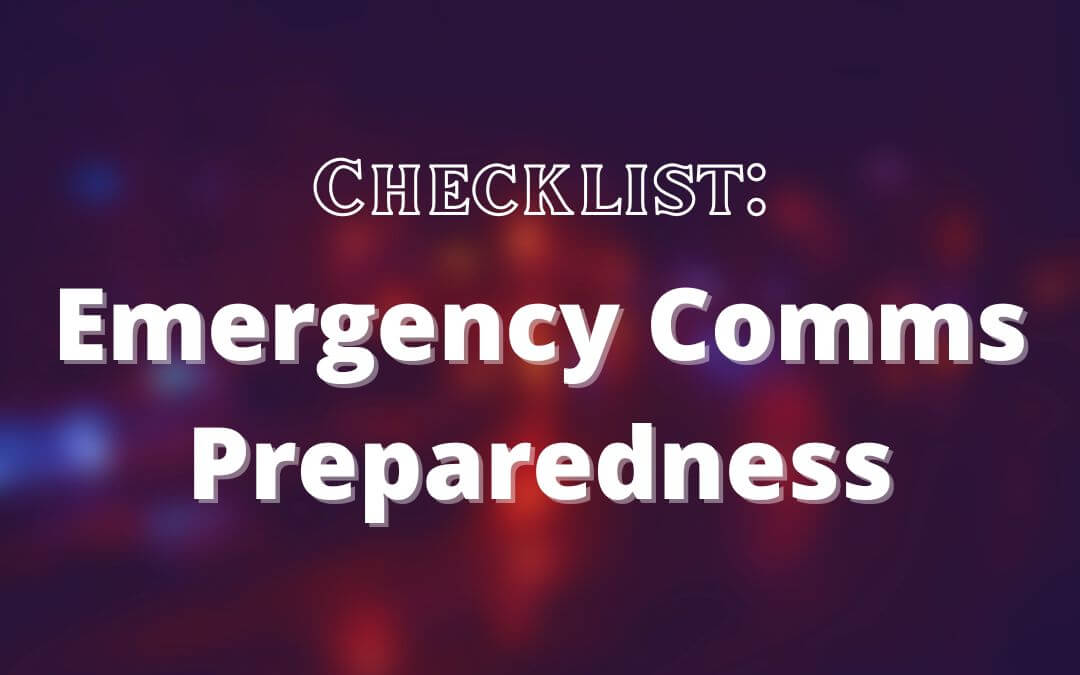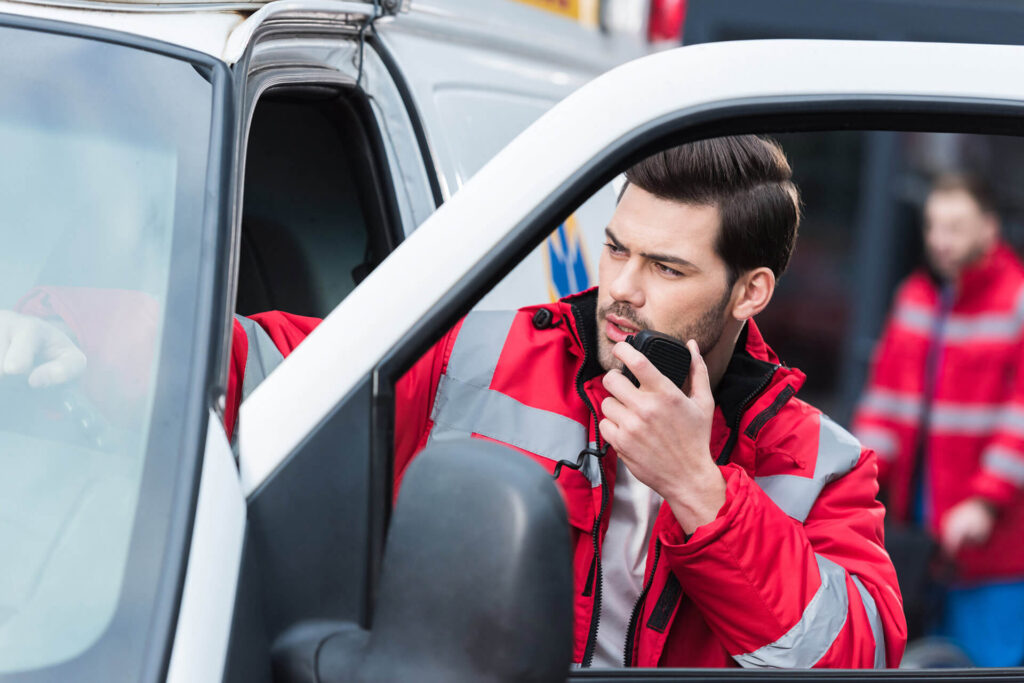Some problems are so unexpected that even hindsight is kind in its criticism. No one expected the situation and so no one was prepared. But in reality, unpredictable emergencies like this are relatively rare. True, we may not know when to expect the next catastrophe, but we know it’s possible or even likely.
That’s why houses in tornado alley have storm cellars, homes in the path of hurricanes have shutters, and garages in snow country are equipped with snow throwers. You may not know when, but you know eventually you’re going to have a tornado, hurricane, or snow storm. So you prepare.
Unprepared
While everything else may be ready when it’s time to batten down the hatches, though, there’s one essential service that is rarely prepared – critical communications.
Radio and cell towers are vulnerable to disasters such as hurricanes, tornadoes, and ice storms just like power lines. But while it is common practice to back up the power grid with generators at critical locations like hospitals, it is uncommon to have backup networks for critical communications. This leaves law enforcement, rescue and restoration teams, and other front line workers vulnerable and handicapped when they’re needed most.
Beyond the world of disaster readiness, there are other predictable communication risks that often remain unaddressed. Rangers patrolling public forests, oil and gas line inspectors driving remote areas, law enforcement agents working along the border, and countless others risk their health and safety every day as they predictably work in areas without coverage.
Why wait to do something until there’s a big enough problem that it attracts public attention? Why wait until more people lose their lives to take action?
Responsibility
These are predictable situations with predictable outcomes. Even if the worst doesn’t happen very often, these public servants deserve better. They deserve communications they can count on. They deserve the respect and safety of knowing they can call for backup or report a crisis.
Take a step further and you go from critical workers to the people they faithfully serve. A passenger train takes a thousand passengers a day through the mountains. Forty percent of the route doesn’t have any coverage. What happens if a passenger has a heart attack enroute and there’s no way to call ahead for medical service at the other end? A terror attack knocks out the cell towers a 911 call center exclusively relies on. What happens to the people in the district who have a health emergency, domestic violence crisis, or other emergency situation?
New Expectations
If there wasn’t a solution available, it would be understandable to run these risks every day. But when the problems are predictable and there is an accessible solution, expectations should change.
Just like we’d expect a hospital to have a backup generator to protect patients in case of an outage or emergency, we should expect critical communication centers to have backup networks to keep communications online. We should expect line workers, federal law enforcement agents, wildland firefighters, insurance adjusters, transporters, and other critical personnel to have real-time communications coverage.
What Can Be Done?
So what can you do to ensure your team is prepared for predictable problems? What are the storm shutters and backup generators of the land mobile radio world?
The answer is RoIP 2.0. No, it’s not the old radio over IP that radio techs laugh off. Reinvented RoIP connects land mobile radios with other radios and devices over RF, LTE, and/or satellite networks for complete coverage, seamless interoperability, and disaster resilience. It does this while integrating into an existing LMR network and providing latency on par with LTE and 5G.
By installing RoIP gateways on vehicles, in buildings, or with portable GoKITs, your team can go anywhere with confidence knowing they’ll have reliable coverage.
Patrolling vast acres of undeveloped land? No problem – flat rate, talk-all-day satellite plans make voice communications and GPS tracking a reliable and affordable certainty. Working in an urban area with dead zones or disaster-based outages? You can use LTE or RF networks whenever they’re available and seamlessly switch to satellite when they aren’t.
Preparing for Predictable Problems
The first step of preparation is evaluating your situation.
- Are there team members who work in areas with spotty or no coverage?
- Do you deal with outages from disasters or unreliable infrastructure?
- When it comes to communications, what have you accepted as “normal” that is actually a predictable risk or security threat?
If your team can’t count on real-time communications in predictable scenarios, it’s time to start looking into options that protect your business or agency and provide safety and security when it comes to critical communications.
Don’t wait for catastrophe. Start preparing today by contacting our solutions engineers about how an integrated solution would work for your application.


